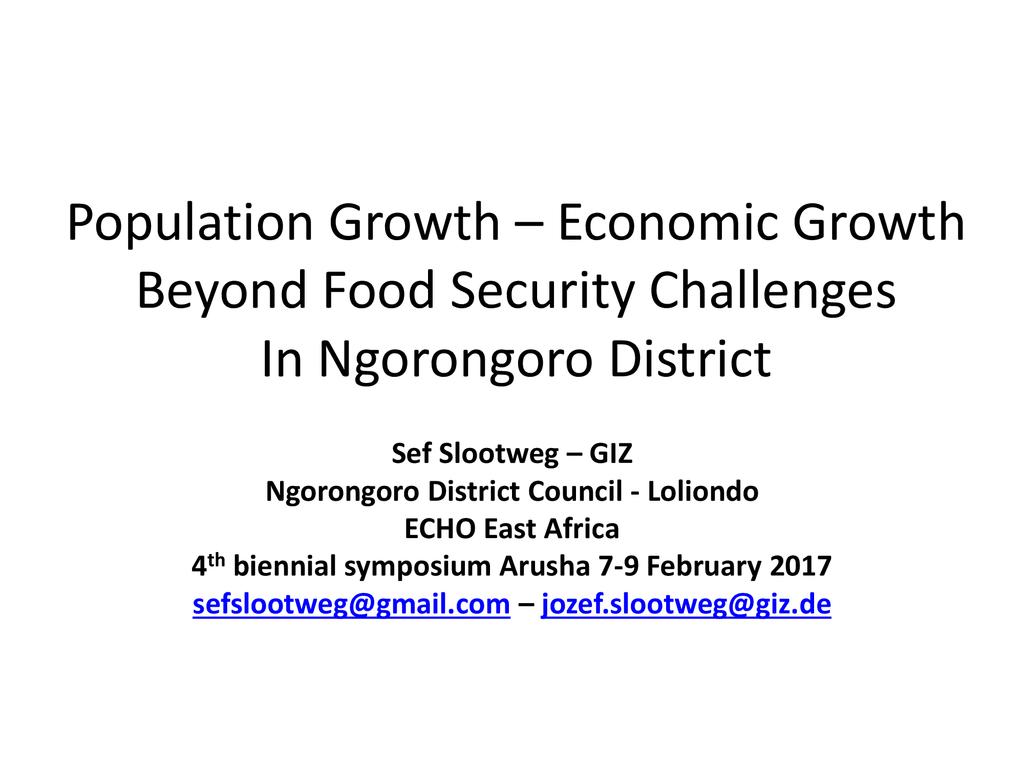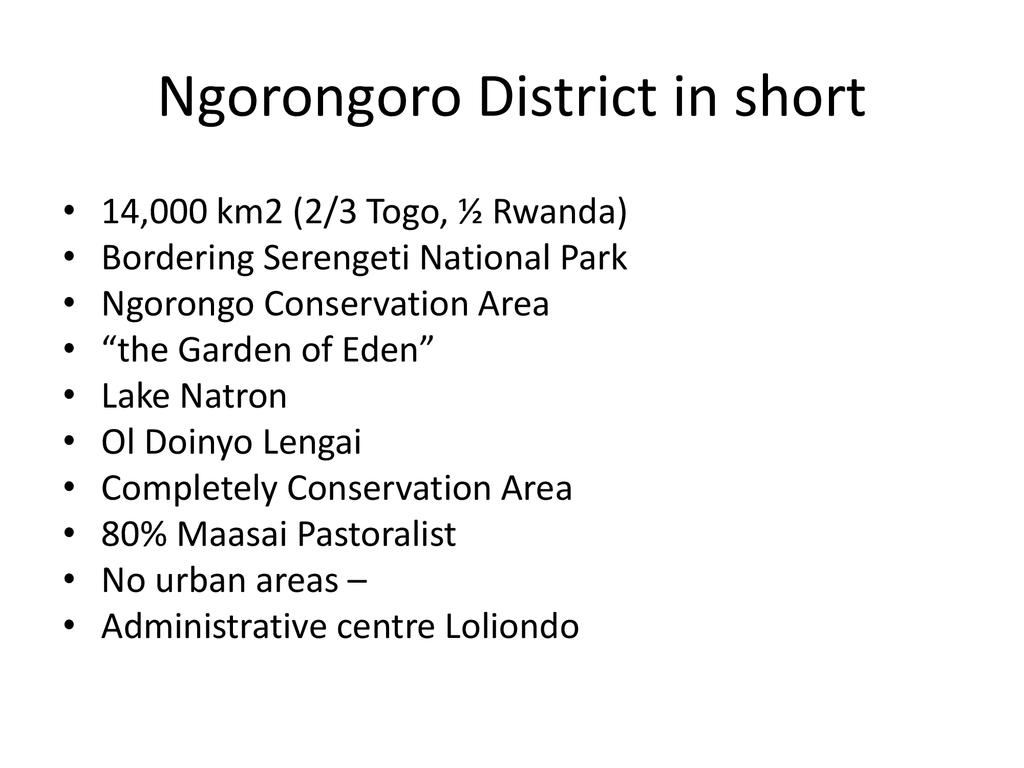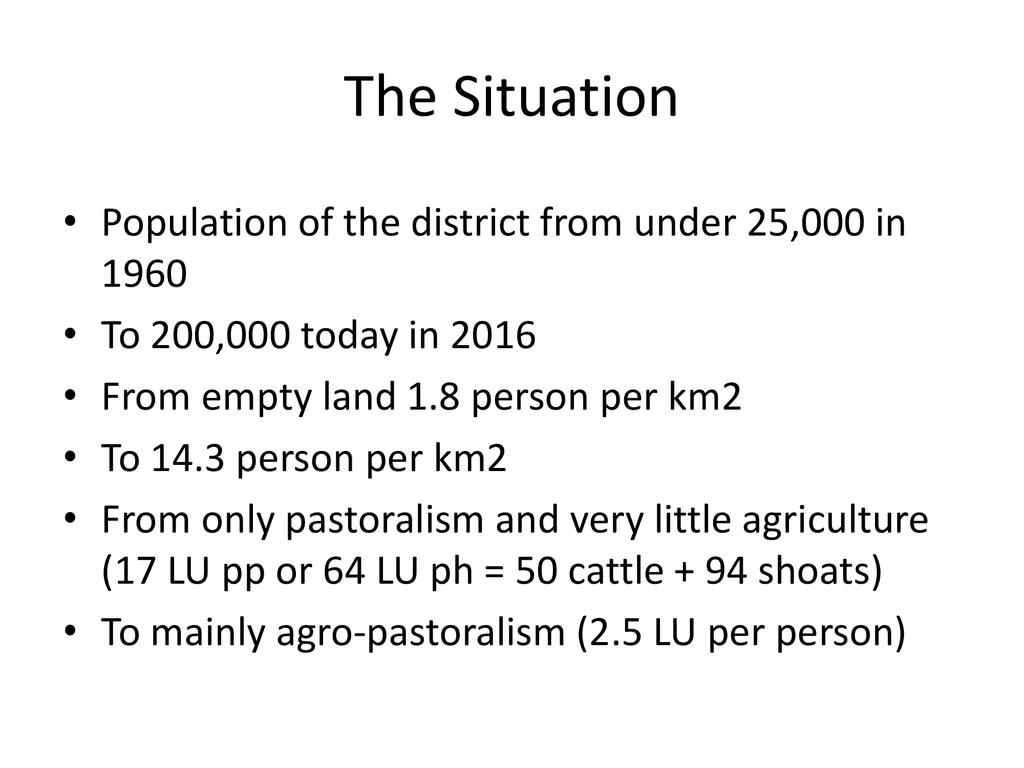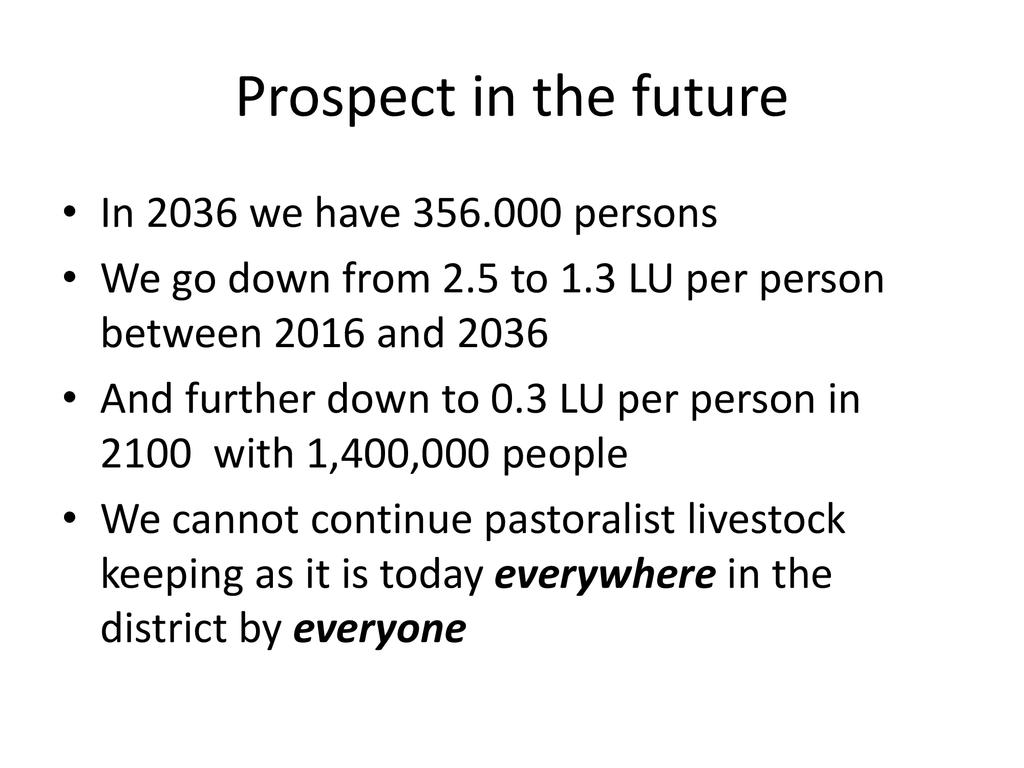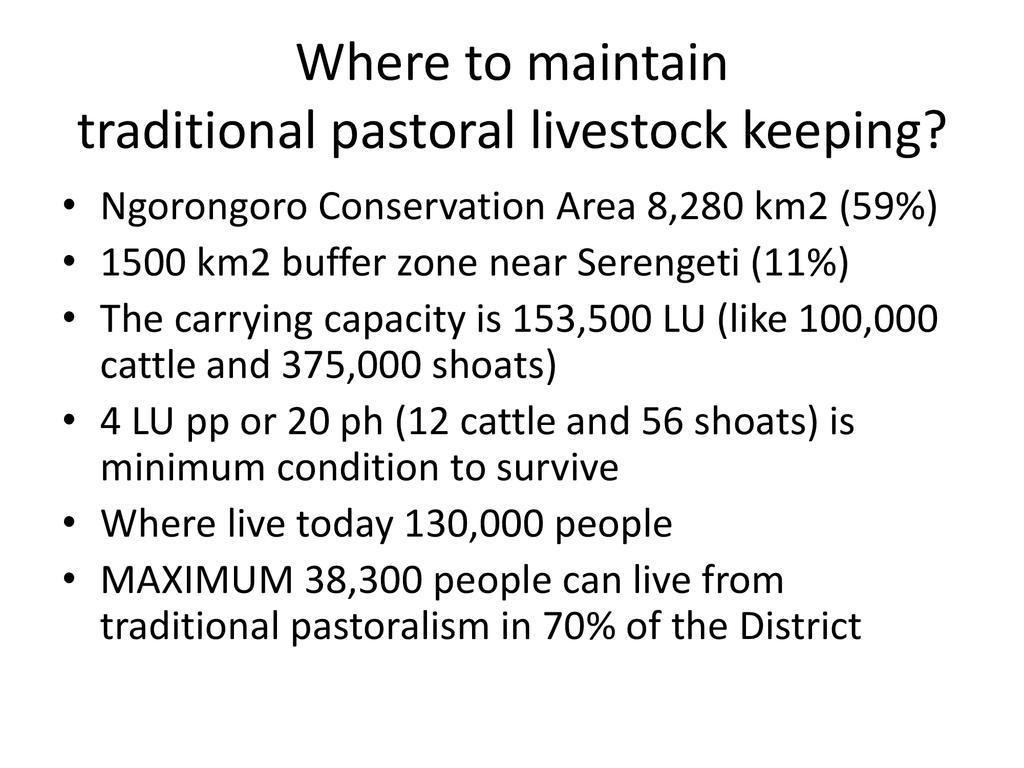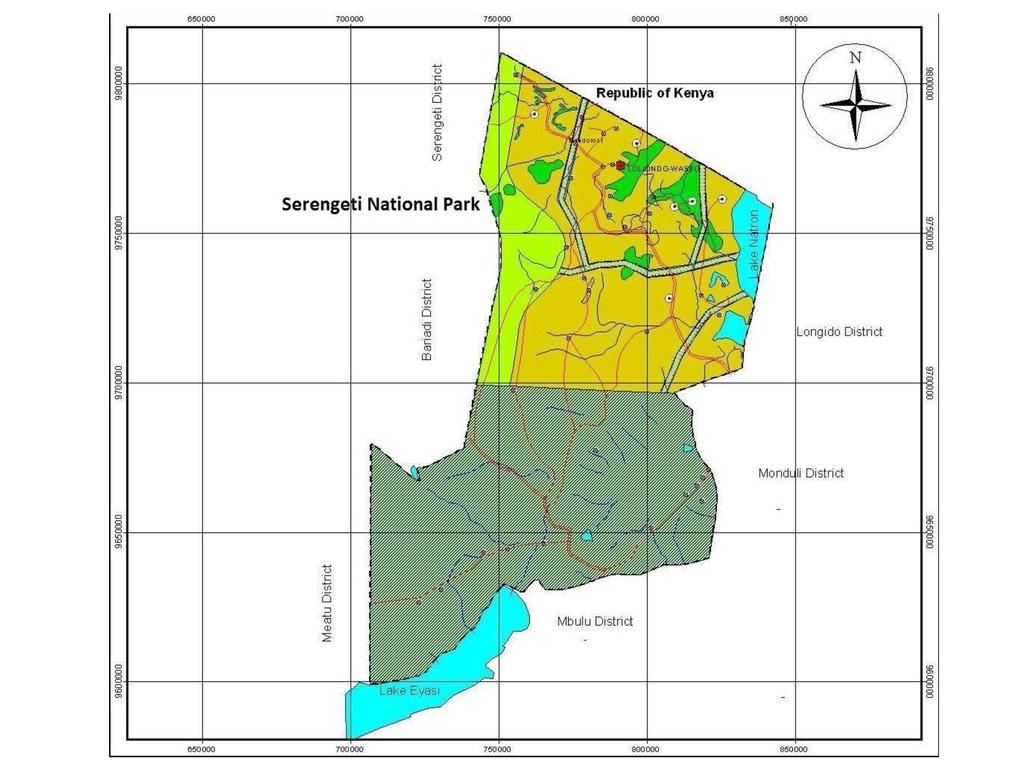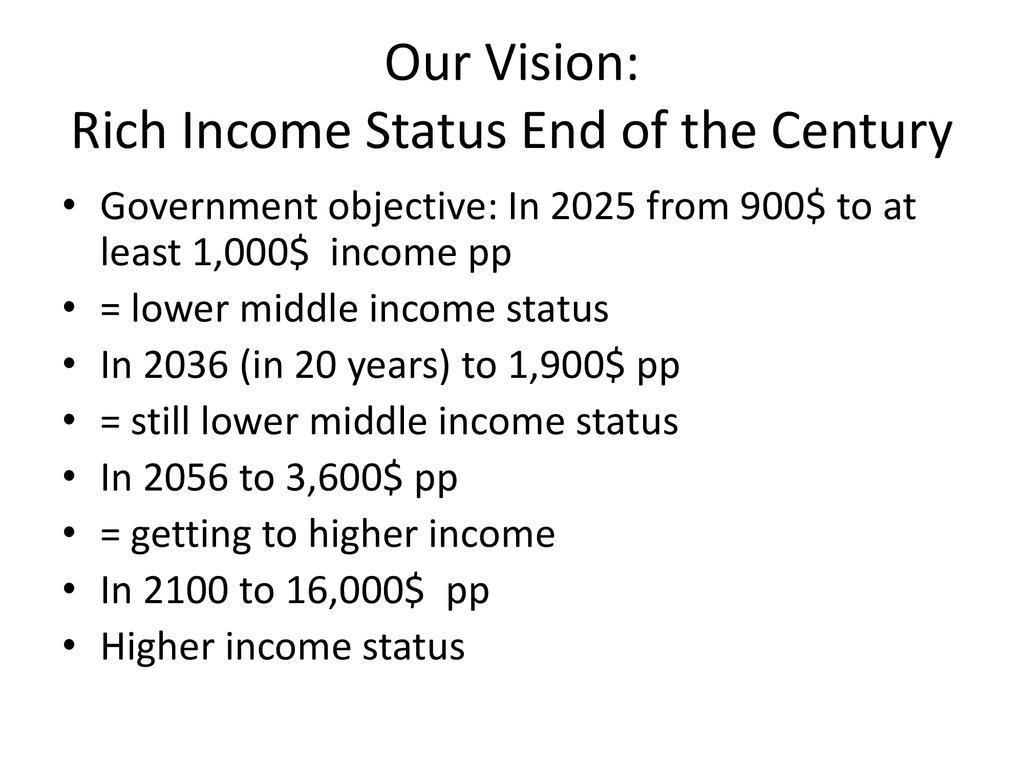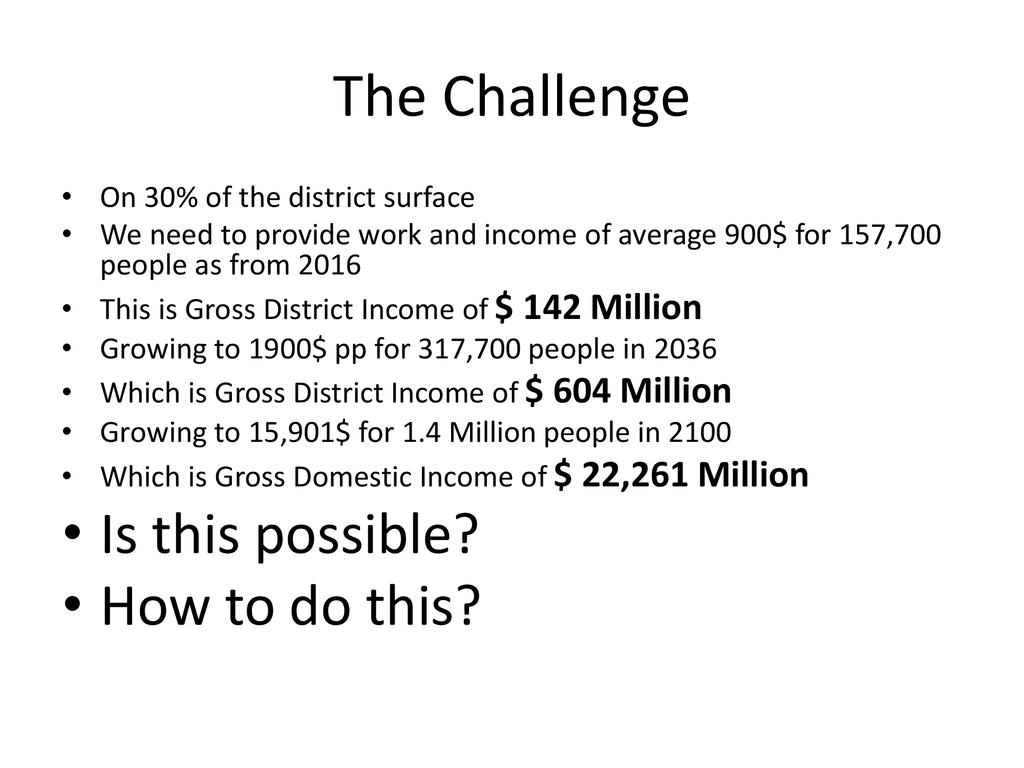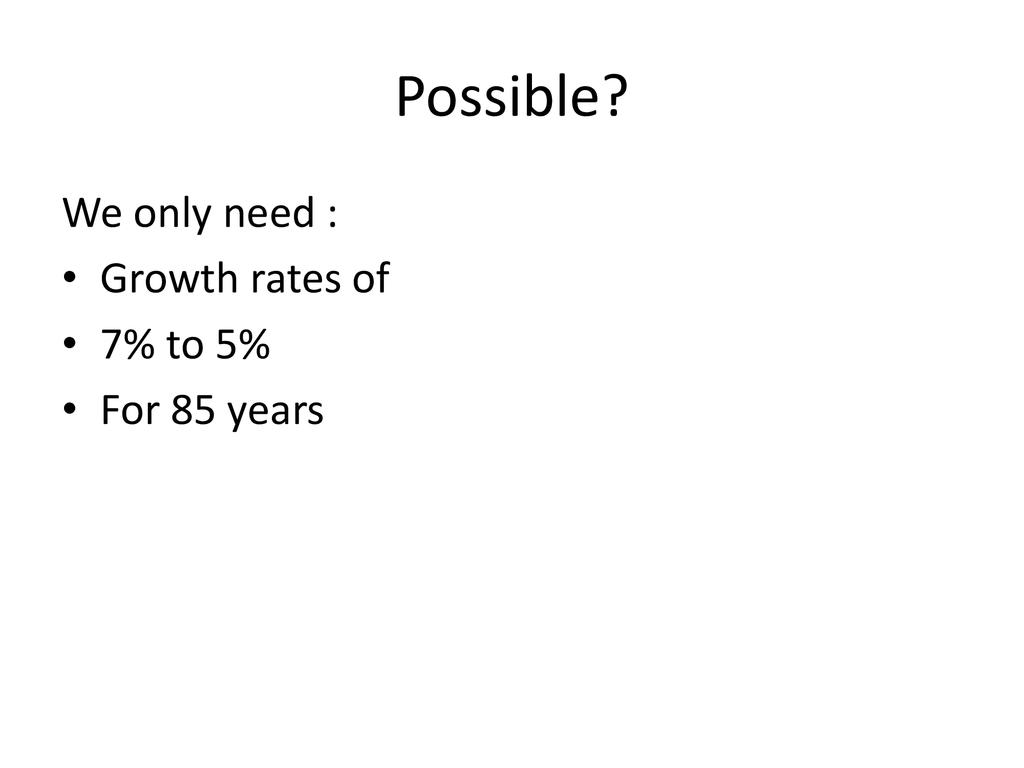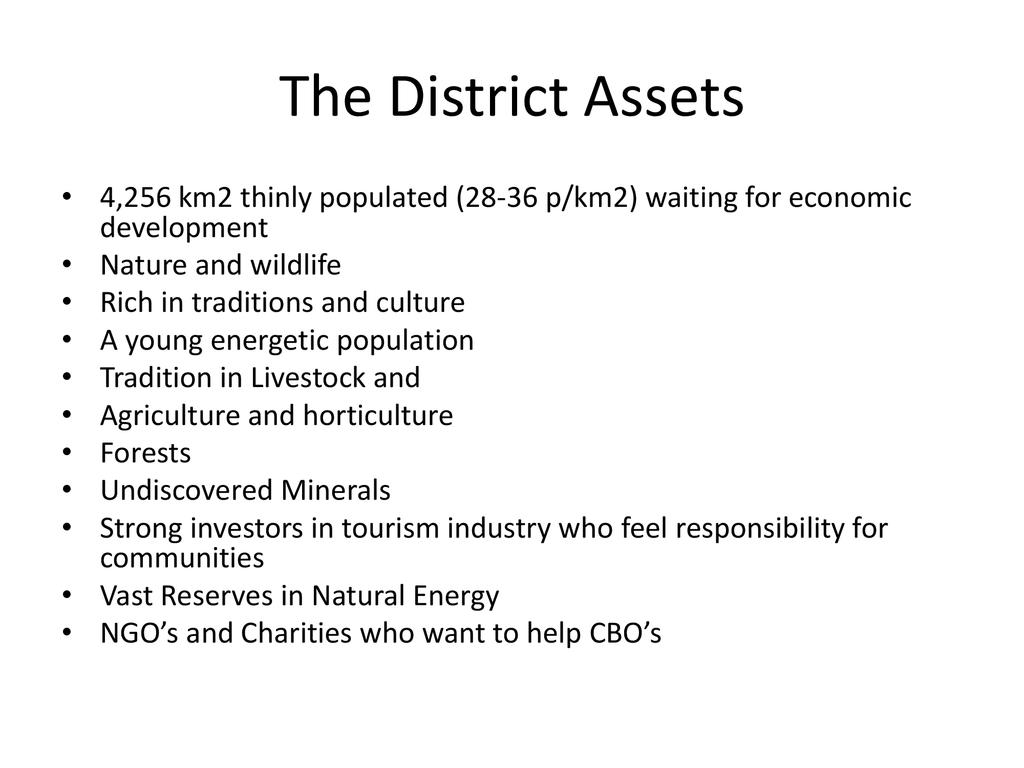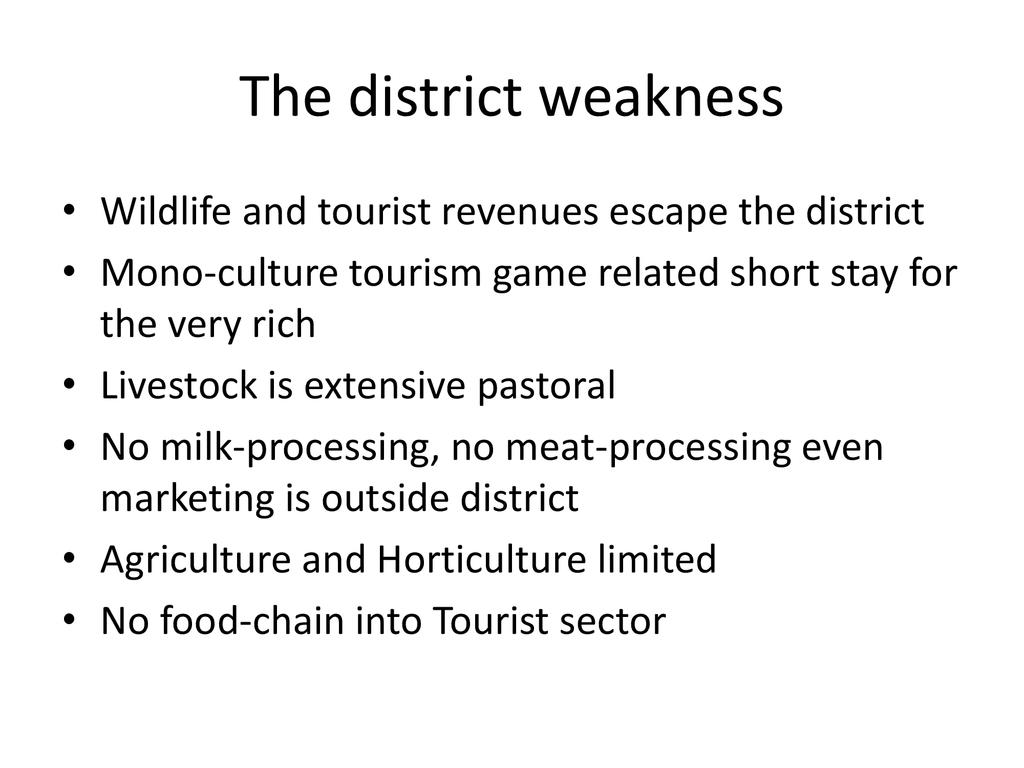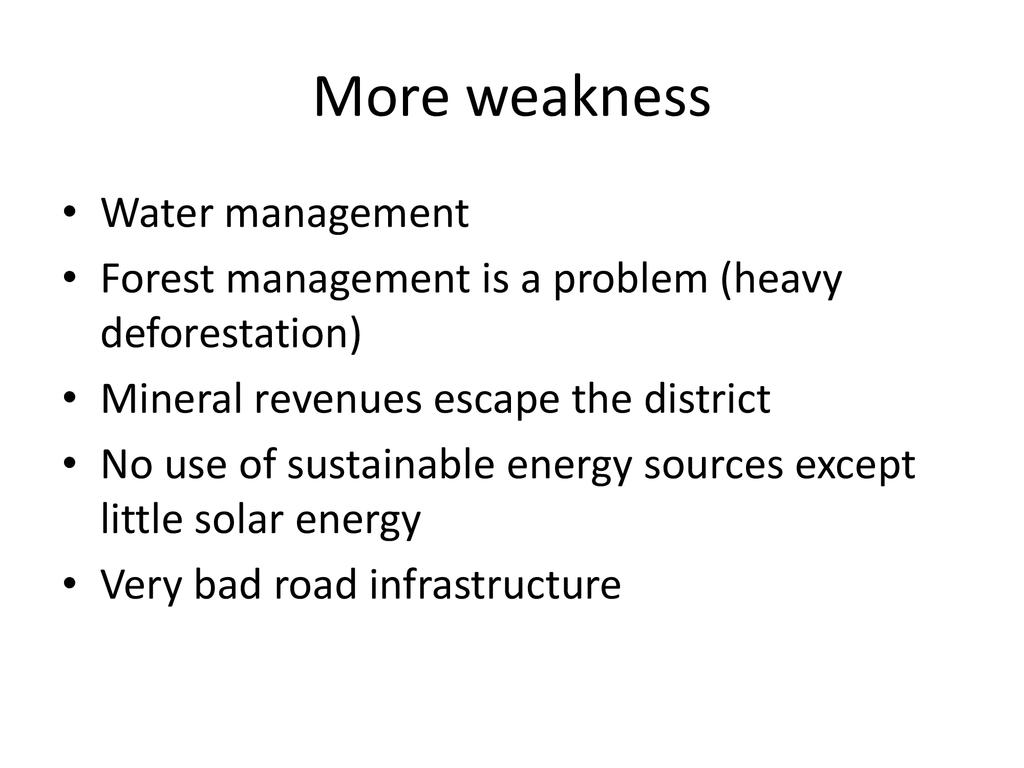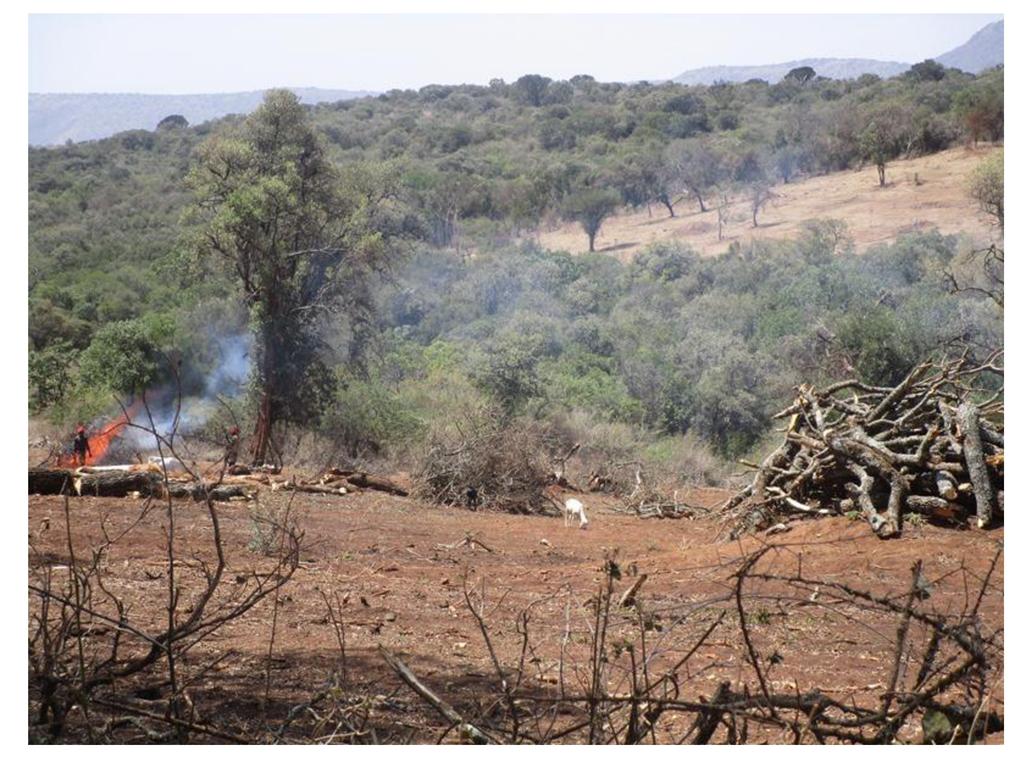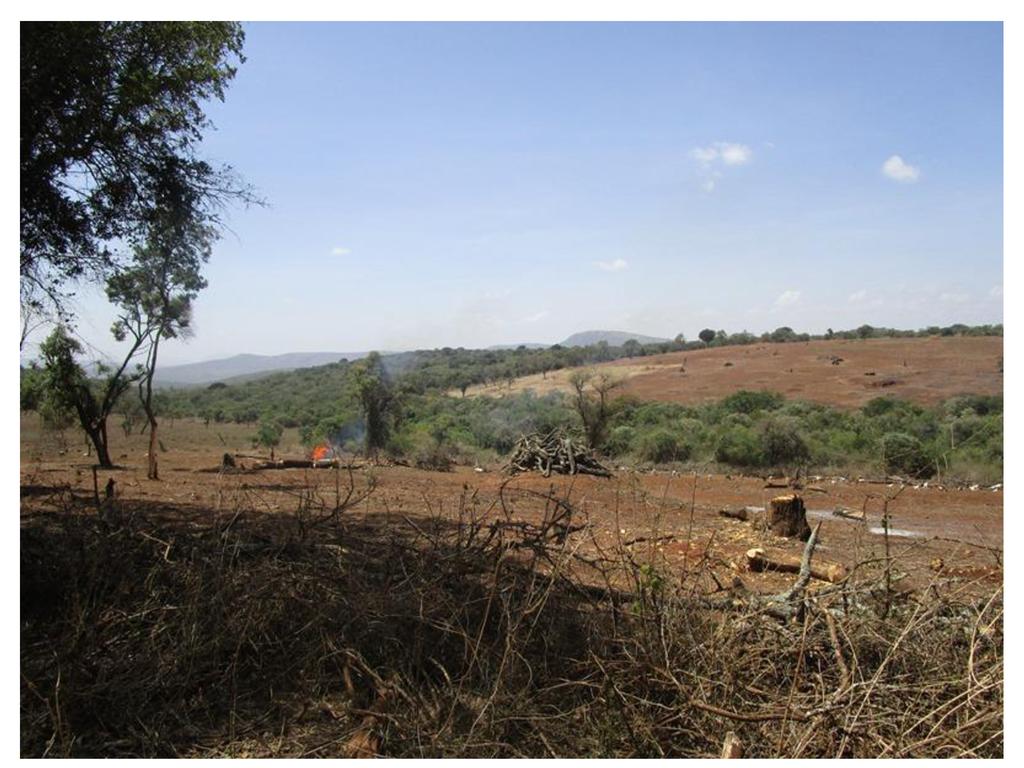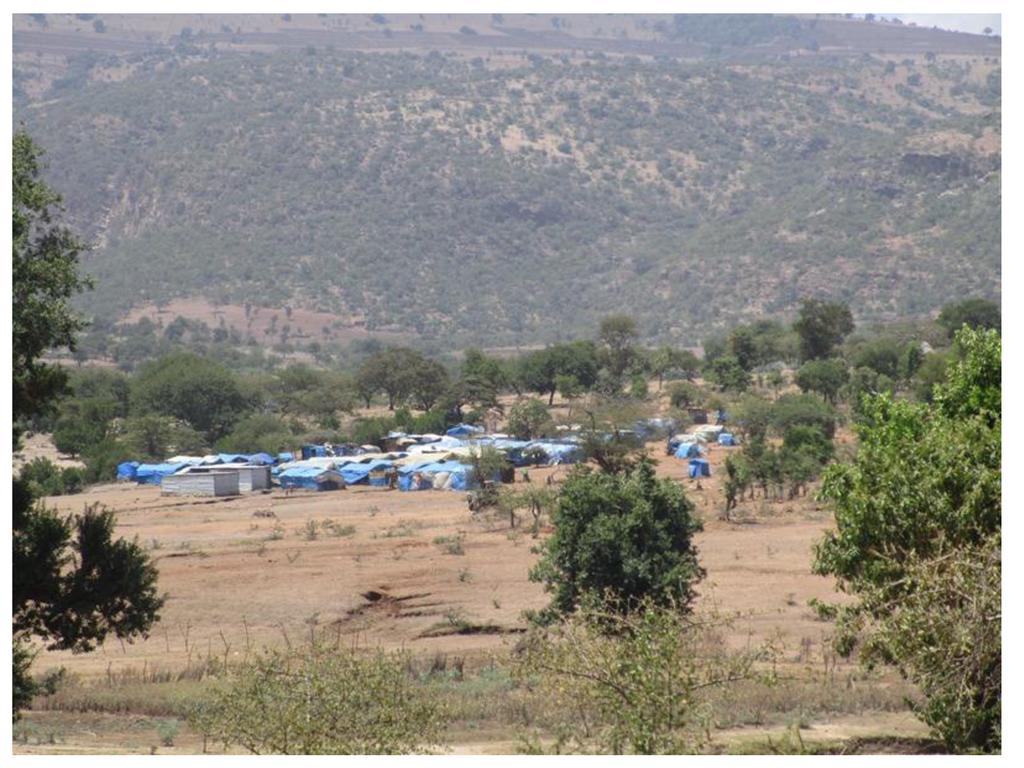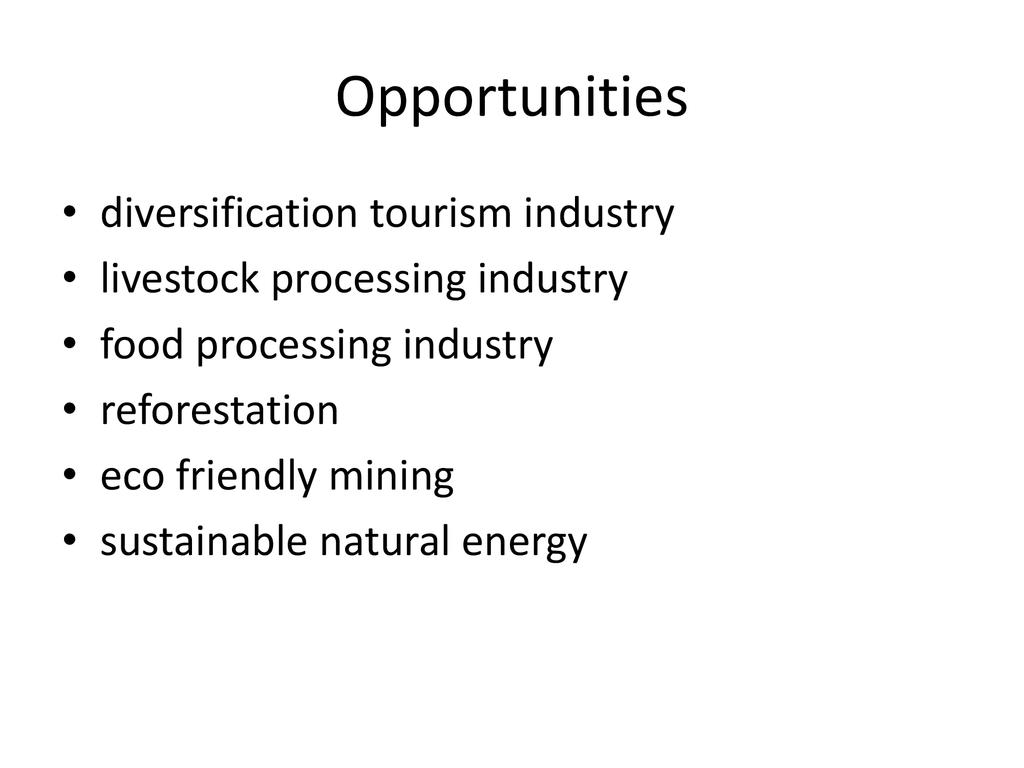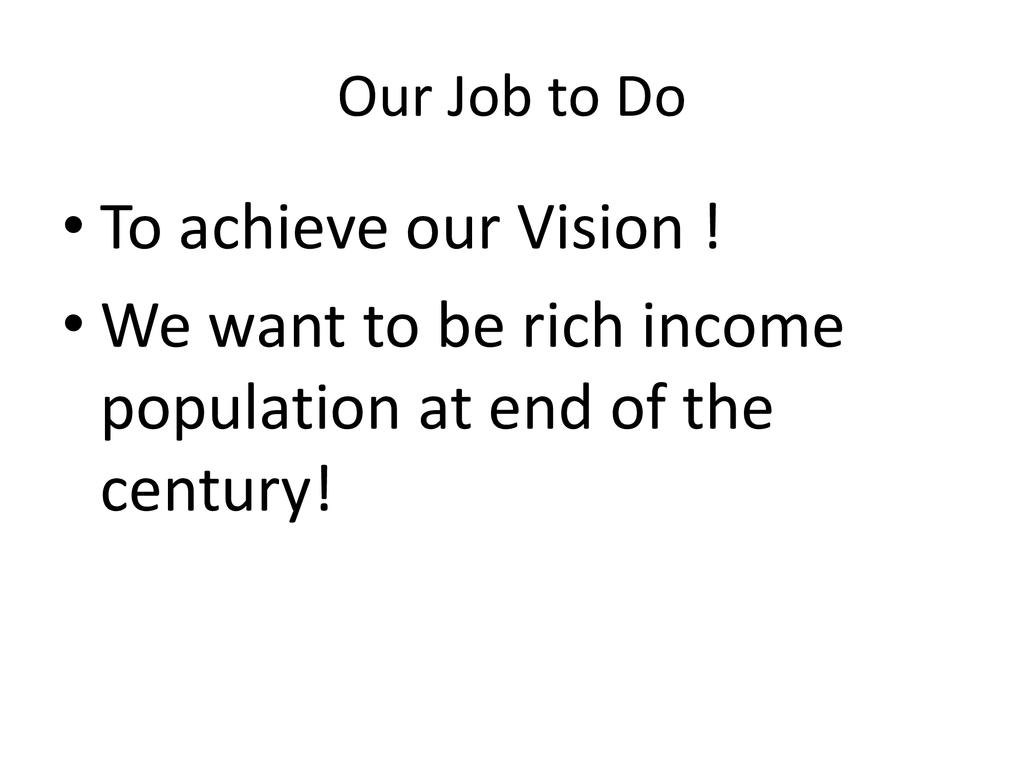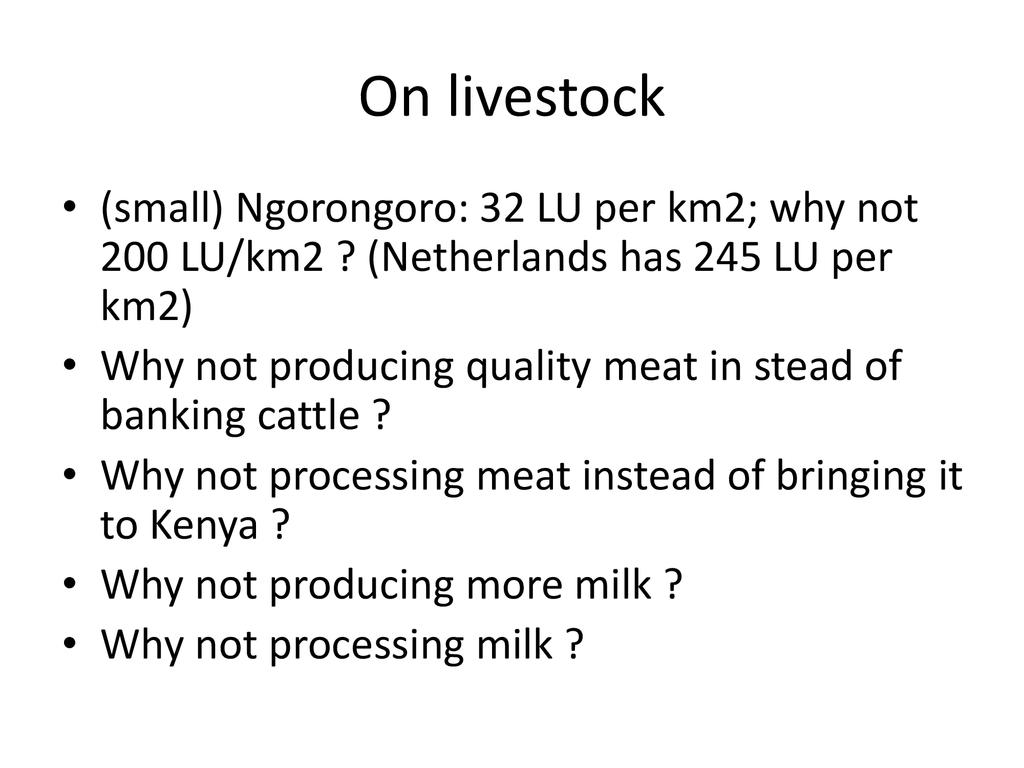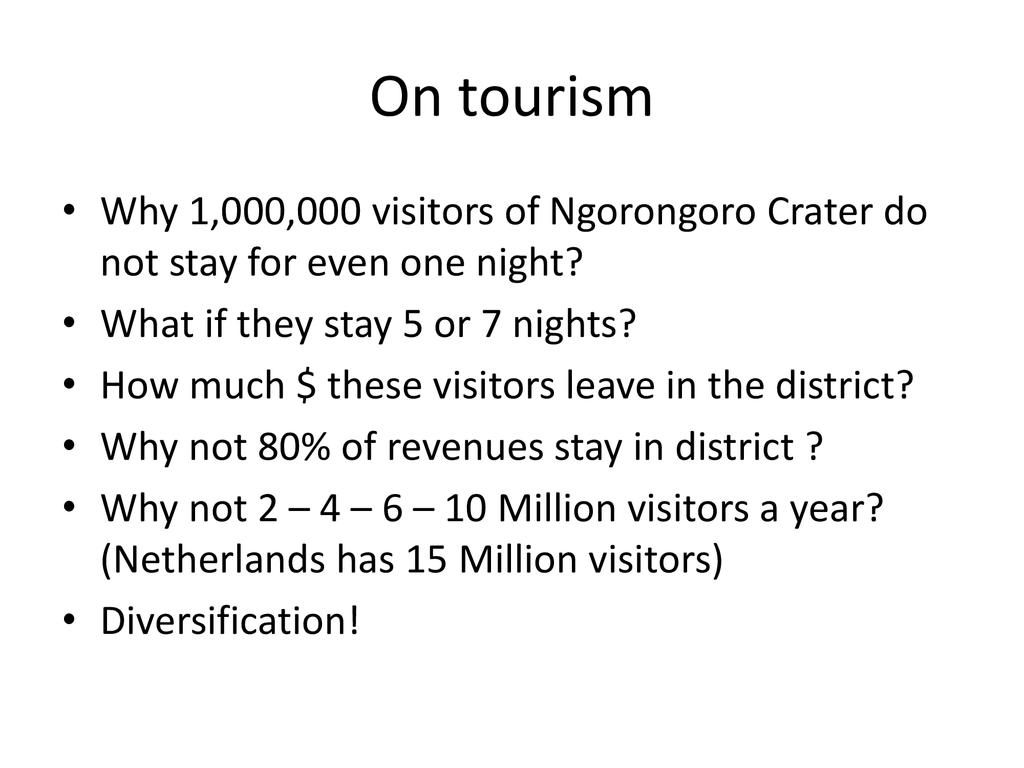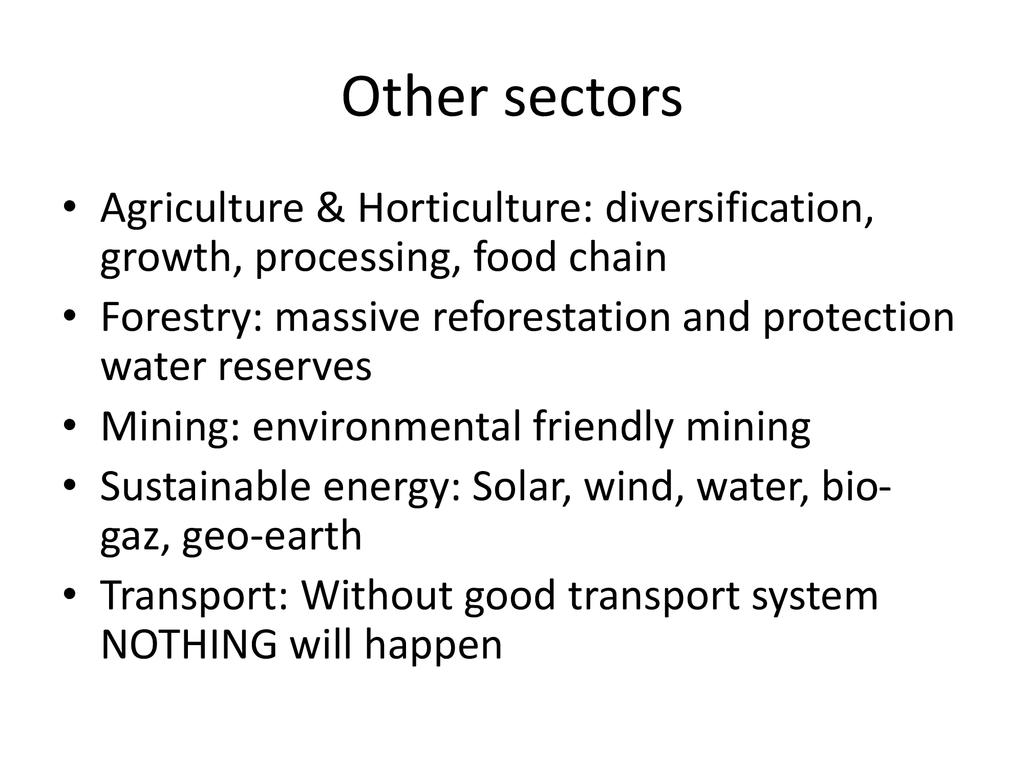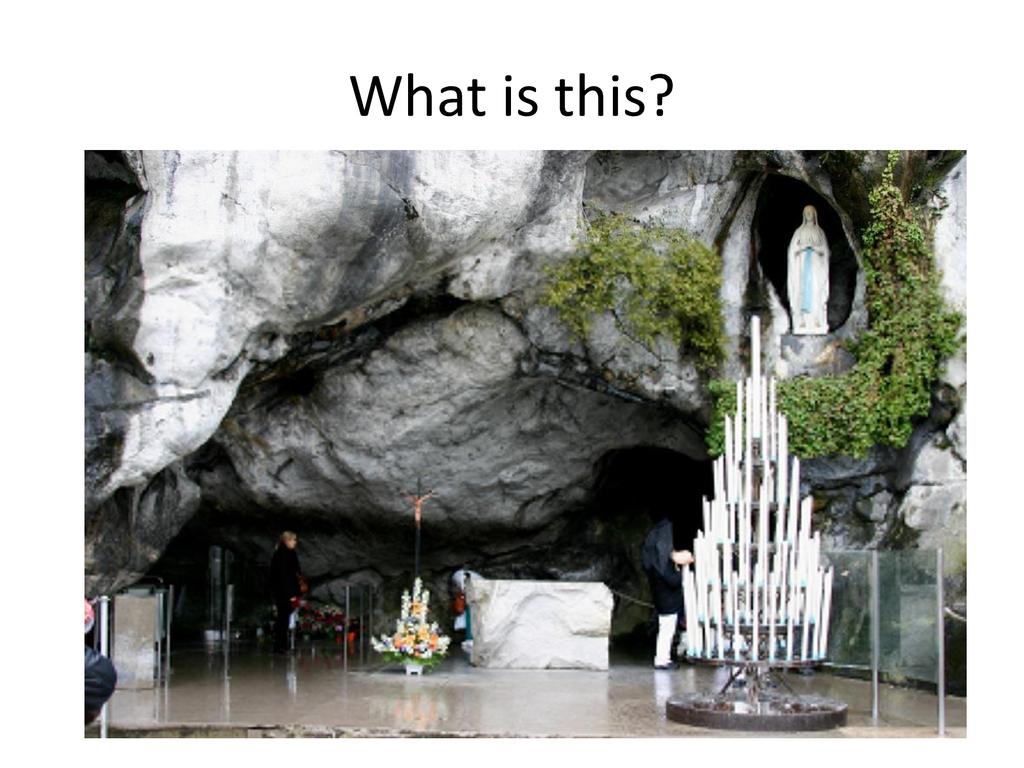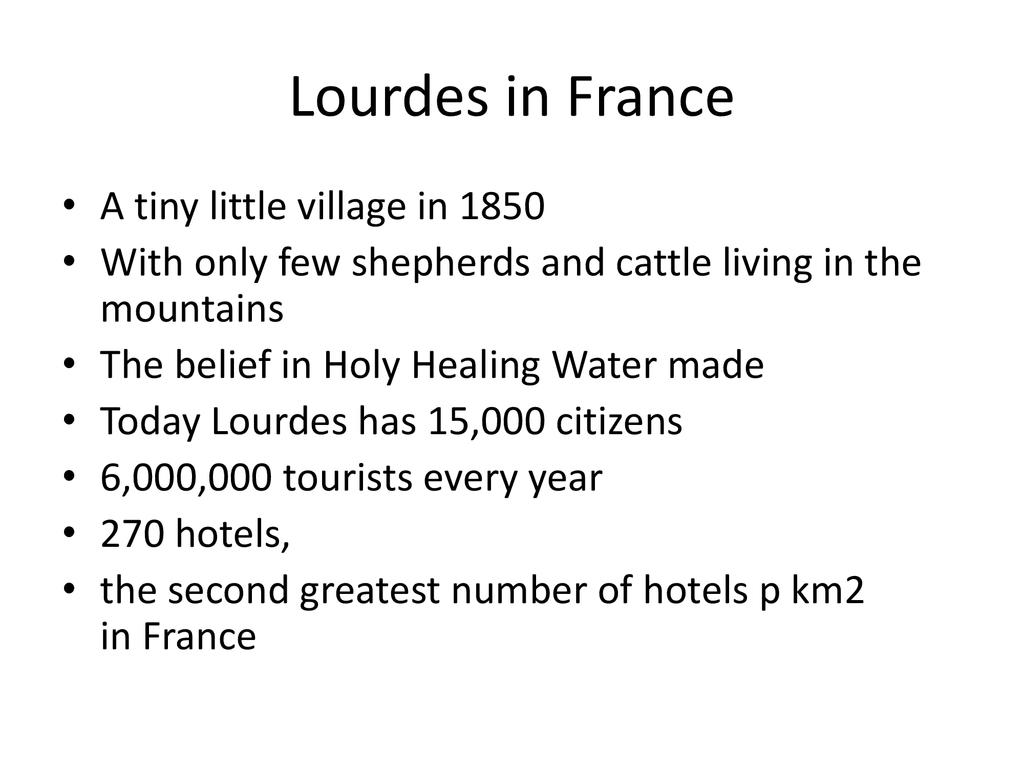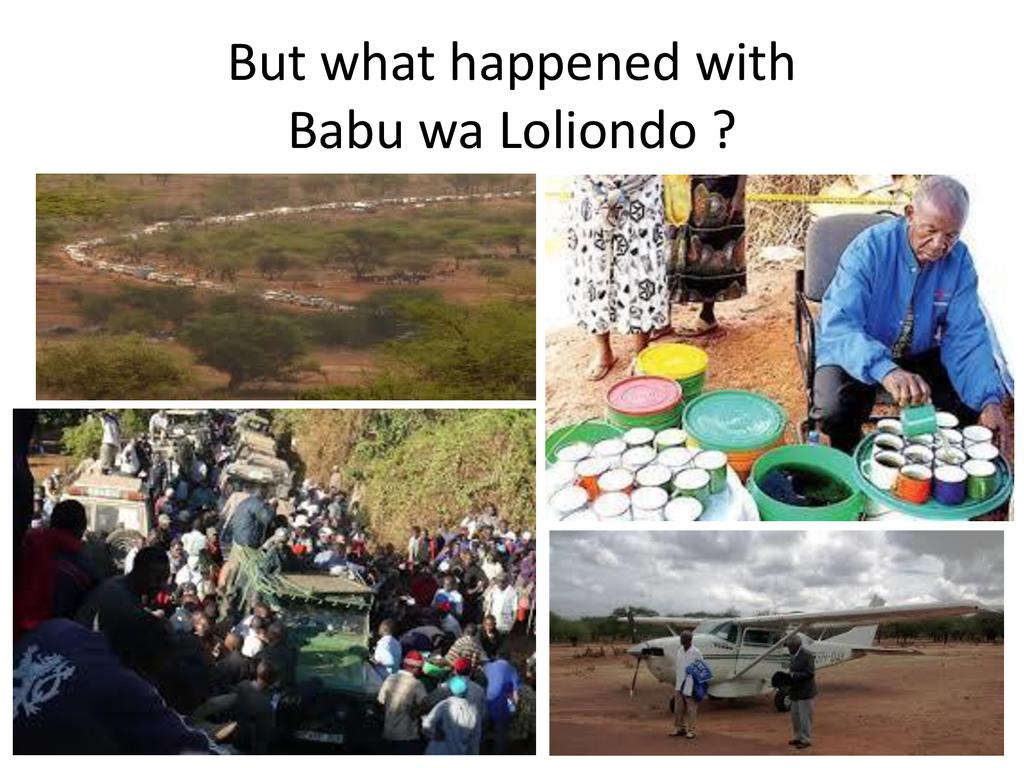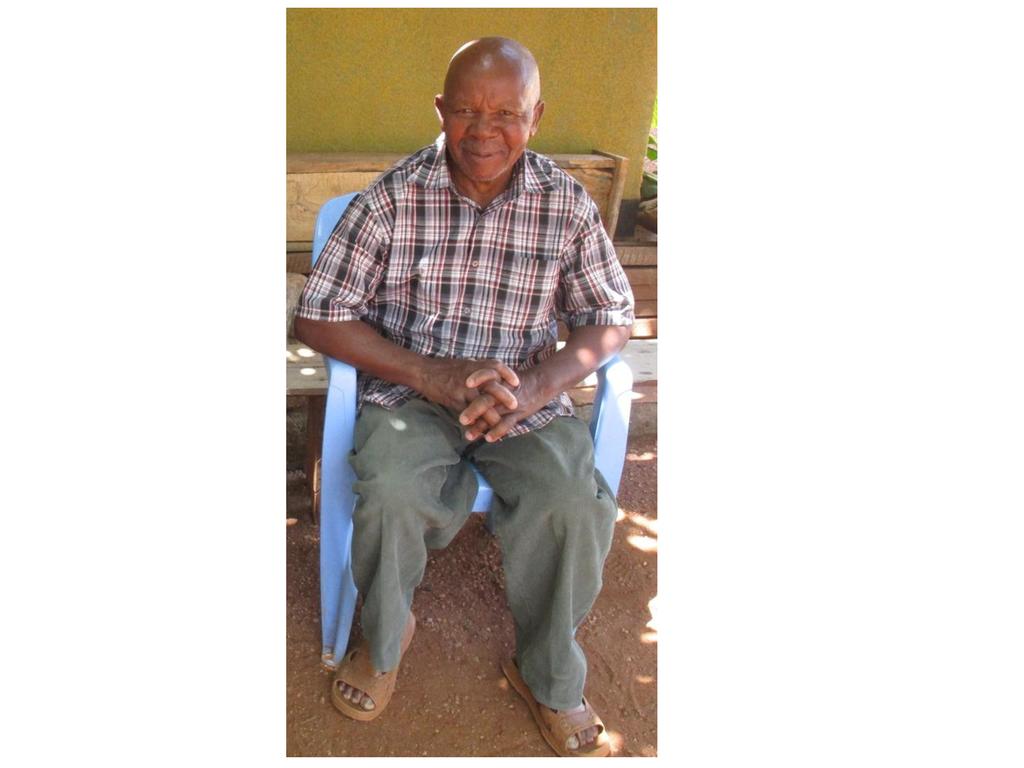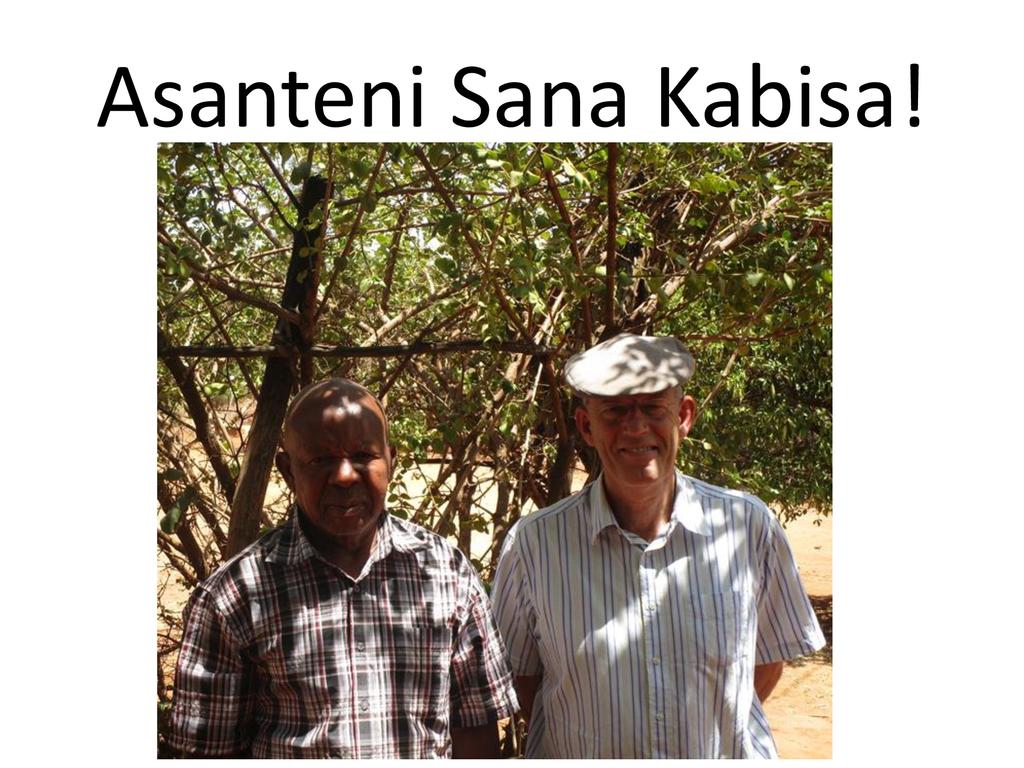Presented By: Jozef Slootweg, GIZ, Ngorongoro
Event: ECHO East Africa 4th Biennial Symposium on Sustainable Agriculture Best Practices (08/02/2017)
Ngorongoro District, part of the Serengeti Ecosystem witnessed a human population growth from approximately 25,000 in the early sixties to 200,000 people in 2016, predominantly pastoralist Maasai. Pastoralism as we know it today can be combined with photo tourism and game hunting activities for only 35,000 to 40,000 people in the Ngorongoro Conservation Area and the area bordering the Serengeti Park or altogether 70% of the district surface. At this moment some 160,000 people may grow to nearly 1.4 million by the end of the century. Economic alternatives need to be created in the remaining 30% of the district territory. Intensification of livestock and agriculture, combined with diversification of tourism, forestry, mining and using the sustainable energy potential of the area are needed to achieve middle income status between 2037 and 2057 and high income status by the end of the century. Today the revenues of tourism and mining escape the district population and the other sectors are underdeveloped. The district needs socially responsible companies and investors who want to maintain high environmental standards to prevent rapid exhaustion and exploitation of the natural and human resources.
Presenter : Jozef Slootweg works for GIZ in the Ngorongoro District Council as advisor on Natural Resource Management. One of the topics dealt with is the future of pastoralism in the district and the relation with NRM and tourism. He recently wrote a paper that was presented for the district council who use it to support the strategic planning process.
